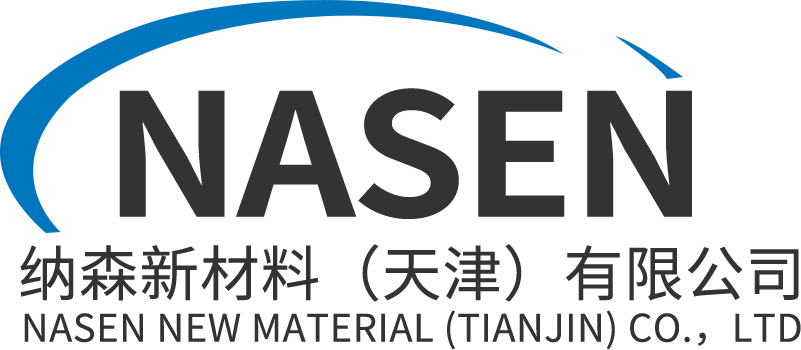NEWS
The difference between alloy steel and carbon steel
1. Definition of steel: Steel can be divided into carbon steel and alloy steel according to its carbon content and alloy composition content. Iron also refers to steel containing elements such as molybdenum, vanadium, titanium, copper, tungsten, aluminum, cobalt, niobium, zirconium, and some non-metallic elements (such as boron, nitrogen, etc.). According to the amount of alloying elements in steel, it can be divided into low alloy steel, medium alloy steel and high alloy steel. Steel refers to steel containing a certain amount of alloying elements such as silicon for deoxidation and doping (generally no more than 0.40%) and manganese (generally no more than 0.80%, up to 1.20%), and does not contain other alloying elements ( except for residual elements). According to the concave and convex content, it can be divided into low carbon steel (carbon content is generally less than 0.25%), medium carbon steel (carbon content is between 0.25% and 0.60%); high carbon steel (carbon content is about 0.60%). But there are no hard boundaries between them.
2. Definition of alloy steel: steel containing other alloy elements is alloy steel, the total content of alloy elements can reach 10-28%, and it is high alloy steel. Alloy steel is steel containing other elements besides iron and natural elements. Alloying elements are added to change or improve certain properties of steel. Such as CrNiMnMoVB and so on. Alloy steels contain other metals besides iron and carbon to change the behavior of the material. The role of chromium is to make steel corrosion-resistant, and the role of nickel is to reduce the austenitization temperature of stainless steel.
3. Definition of carbon steel: Carbon steel does not contain other alloying elements. Carbon steel also contains less than 1.35% carbon. Carbon steel, that is, in addition to iron, the guessed material is generally only five natural elements of carbon, silicon, manganese, phosphorus and sulfur, and there are no other alloying elements. Fourth, the difference between alloy steel and carbon steel: carbon steel does not contain useful alloying elements, with iron, carbon, and manganese as the main alloying elements. Machinery is generally not as good as alloy steel. In addition, the price of carbon steel is much lower than that of alloy steel. From the above 2 points, Suzhou Alloy Steel Supplier believes that the function of alloy steel surpassing carbon steel is the most important difference. Carbon steel also contains less than 1.35% carbon. Carbon steel, that is, in addition to iron, the guessed material is generally only five natural elements of carbon, silicon, manganese, phosphorus and sulfur, and there are no other alloying elements. Fourth, the difference between alloy steel and carbon steel: carbon steel does not contain useful alloying elements, with iron, carbon, and manganese as the main alloying elements. Machinery is generally not as good as alloy steel. In addition, the price of carbon steel is much lower than that of alloy steel. From the above 2 points, Suzhou Alloy Steel Supplier believes that the function of alloy steel surpassing carbon steel is the most important difference. Carbon steel also contains less than 1.35% carbon. Carbon steel, that is, in addition to iron, the guessed material is generally only five natural elements of carbon, silicon, manganese, phosphorus and sulfur, and there are no other alloying elements.
4. The difference between alloy steel and carbon steel: Carbon steel does not contain useful alloying elements, with iron, carbon, and manganese as the main alloying elements. Machinery is generally not as good as alloy steel. In addition, the price of carbon steel is much lower than that of alloy steel. From the above 2 points, Suzhou Alloy Steel Supplier believes that the function of alloy steel surpassing carbon steel is the most important difference. Manganese, phosphorus, and sulfur are five natural elements, and there are no other alloying elements. Fourth, the difference between alloy steel and carbon steel: carbon steel does not contain useful alloying elements, with iron, carbon, and manganese as the main alloying elements. Machinery is generally not as good as alloy steel. In addition, the price of carbon steel is much lower than that of alloy steel, and the function of alloy steel beyond carbon steel is the most important difference. Manganese, phosphorus, and sulfur are five natural elements, and there are no other alloying elements. Fourth, the difference between alloy steel and carbon steel: carbon steel does not contain useful alloying elements, with iron, carbon, and manganese as the main alloying elements. Machinery is generally not as good as alloy steel. In addition, the price of carbon steel is much lower than that of alloy steel, and the function of alloy steel beyond carbon steel is the most important difference.
Search
Categories List
Need More Details?
If you are interested in our products and would like to know the price and other details, please contact me
Please give us a message
Nasen New Material (Tianjin) Co., Ltd
Add:Room 1491, Gate 13, Gangcheng Hot Spring Garden, Jinqiao Street, Dongli District, Tianjin
